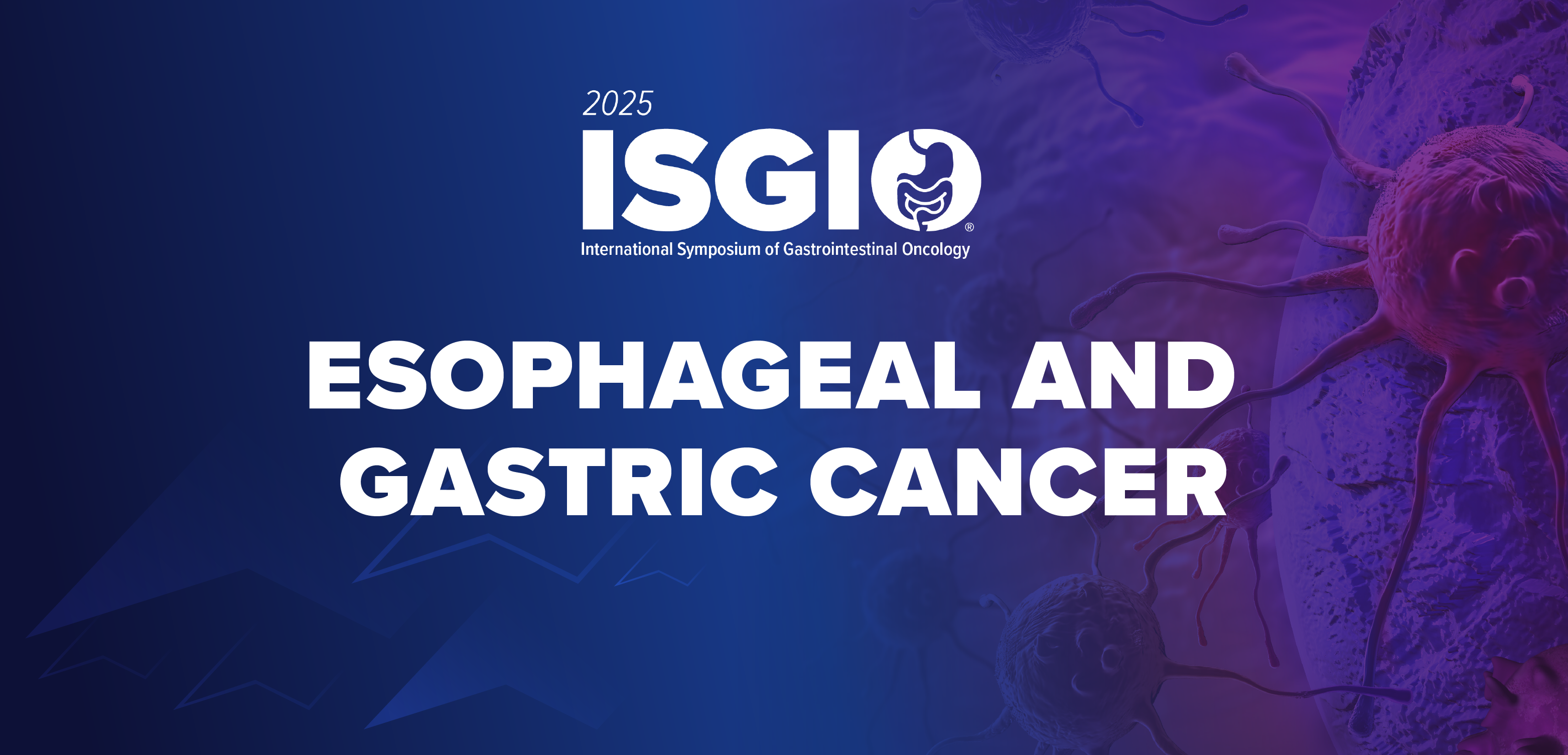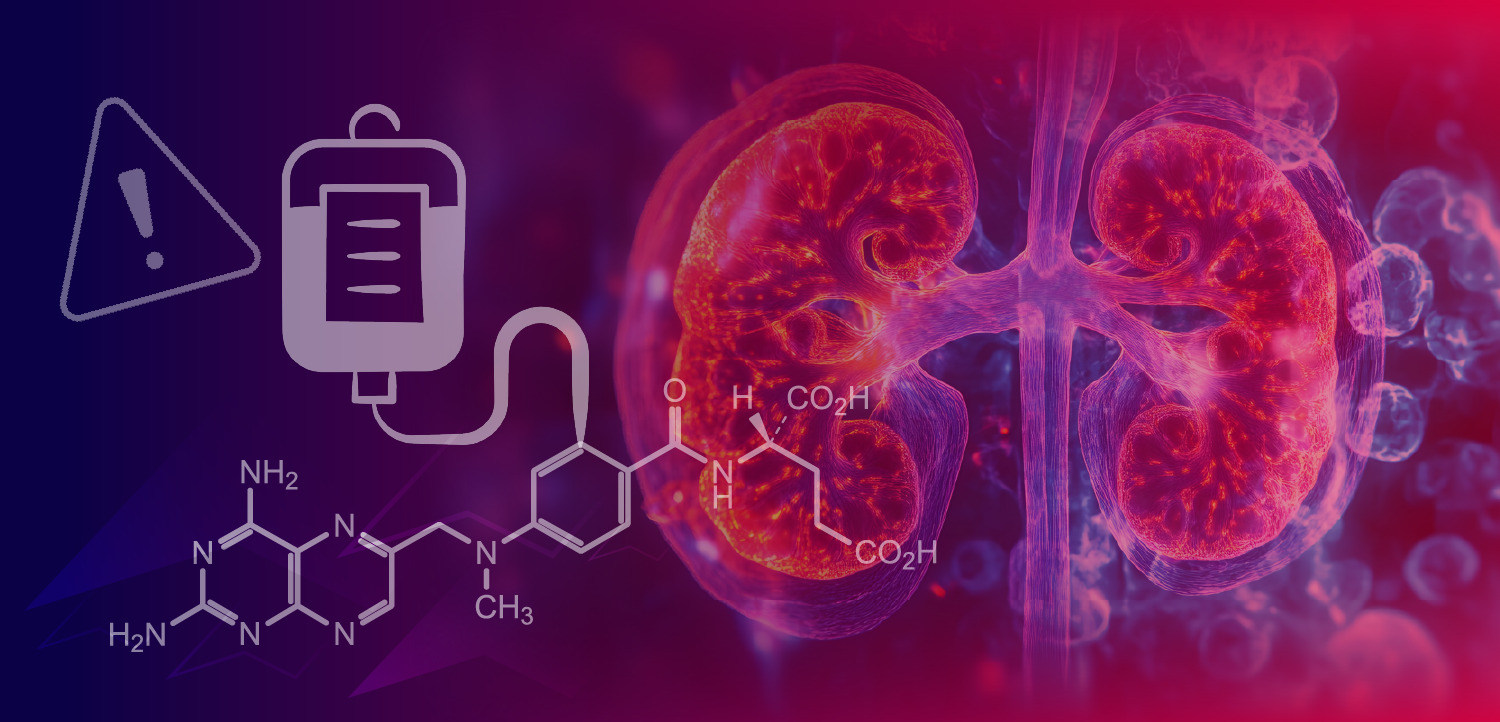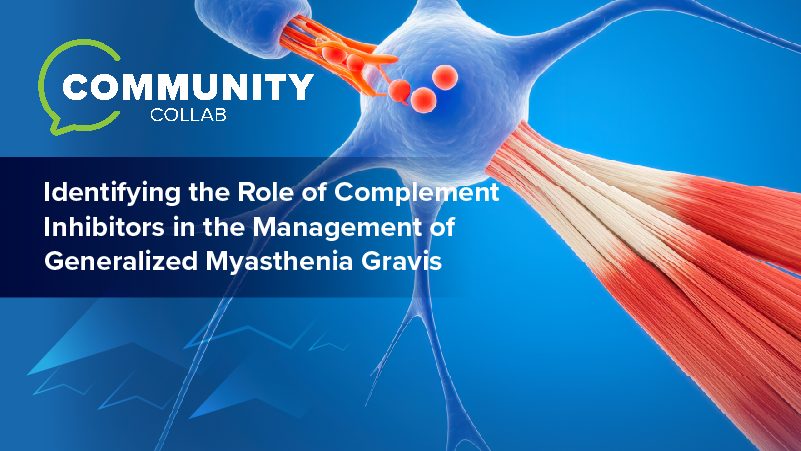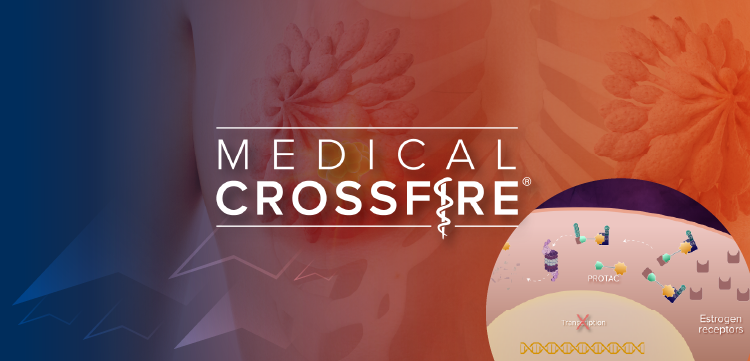
Determining the Incidence of Drug-Resistant Salmonella Infections in the US
With an increasing number of Salmonella infections showing resistance to antibiotics, a CDC team set out to determine which strains are most problematic.
Salmonella infection, often caused by consuming contaminated animal products such as beef, chicken eggs, and dairy, as well as produce, is fairly common in the US.
Researchers at the Centers for Disease Control and Prevention (CDC) examined records culled from the National Antimicrobial Resistance Monitoring System (NARMS), which tests isolate samples from Salmonella patients to come up with the percentage that display antibiotic resistance. The team took NARMS data that was collected from the lower 48 states between 2004 and 2012. That data was accompanied by information provided by the National Laboratory-based Enteric Disease Surveillance (LEDS) system, which compiles data on the number and location of Salmonella infections. The team used records from both sources, in addition to information from the US Census Bureau, to come up with estimates of the incidence of resistant Salmonella infection in the US.
The isolates that the team received were serotyped to determine what kind of nontyphoidal Salmonella infections they were, as most drug-resistant infections of this kind originate from the following Salmonella types: Typhimurium, Enteritidis, Newport, and Heidelberg. The team created three mutually exclusive categories of disease resistance that they wanted to explore: ceftriaxone and ampicillin resistant, ciprofloxacin nonsusceptible but ceftriaxone susceptible, and ampicillin resistant but ceftriaxone and ciprofloxacin susceptible. (“Nonsusceptible” incorporates both full resistance and intermediate resistance, according to the study authors.) They were then able to pinpoint the resistance rates of different Salmonella serotypes during that nine-year time period.
Antibiotic resistance was found in 12% of the isolates overall. The most common was ampicillin-only resistance, which applied to 6.5% of infections, most of which was of the strain Typhimurium. Next was ceftriaxone and ampicillin resistance, which was seen in 3.1% of the isolates, one-third of which were of the Newport strain, 27% of which were of the Typhimurium strain, and 15% of which were of the Heidelberg strain. Nonsusceptibility to ciprofloxacin was seen in 2.4% of the samples, of which 45% were of the Enteritidis strain; one-fifth of the samples nonsusceptible to ciprofloxacin were also resistant to ampicillin. In the study, the incidence of resistant infections was expressed in infections per 100,000 person-years. The researchers determined that any clinically significant resistance occurred in 1.93 out of 100,000 person-years. Broken down, ampicillin-only resistance was seen in 1.07 person-years, ceftriaxone/ampicillin resistance was seen in 0.51 person-years, and ciprofloxacin nonsusceptibility occurred in 0.35 person-years. It’s important to note that many of the isolates that were resistant to the antibiotics covered in this study are resistant to other agents as well.
Although the
As always, the best treatment is prevention. Due to the fact that antimicrobial drugs fed to animals bred for human consumption are a major cause of Salmonella infection, the US Food and Drug Administration is working to tighten regulations in this area.
Laurie Saloman, MS, is a health writer with more than 20 years of experience working for both consumer and physician-focused publications. She is a graduate of Brandeis University and the Medill School of Journalism at Northwestern University. She lives in New Jersey with her family.
Newsletter
Stay ahead of emerging infectious disease threats with expert insights and breaking research. Subscribe now to get updates delivered straight to your inbox.






























































































































































































































































































































